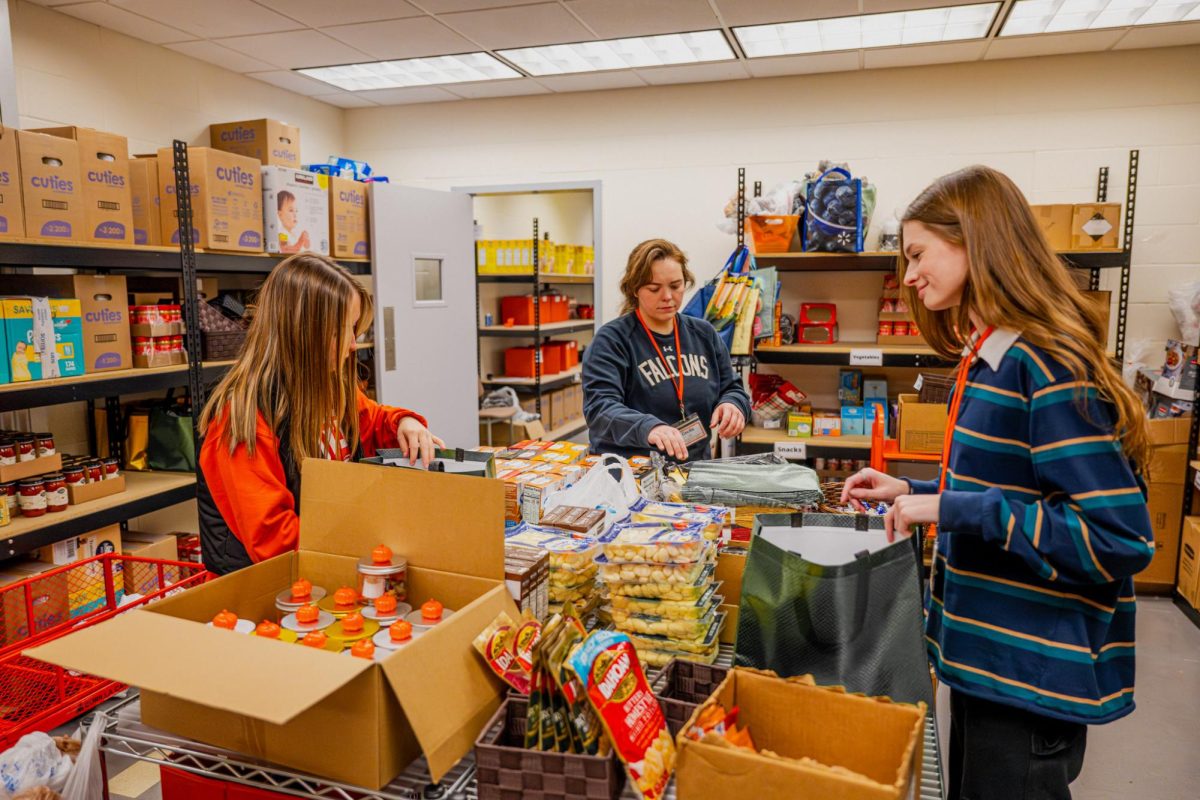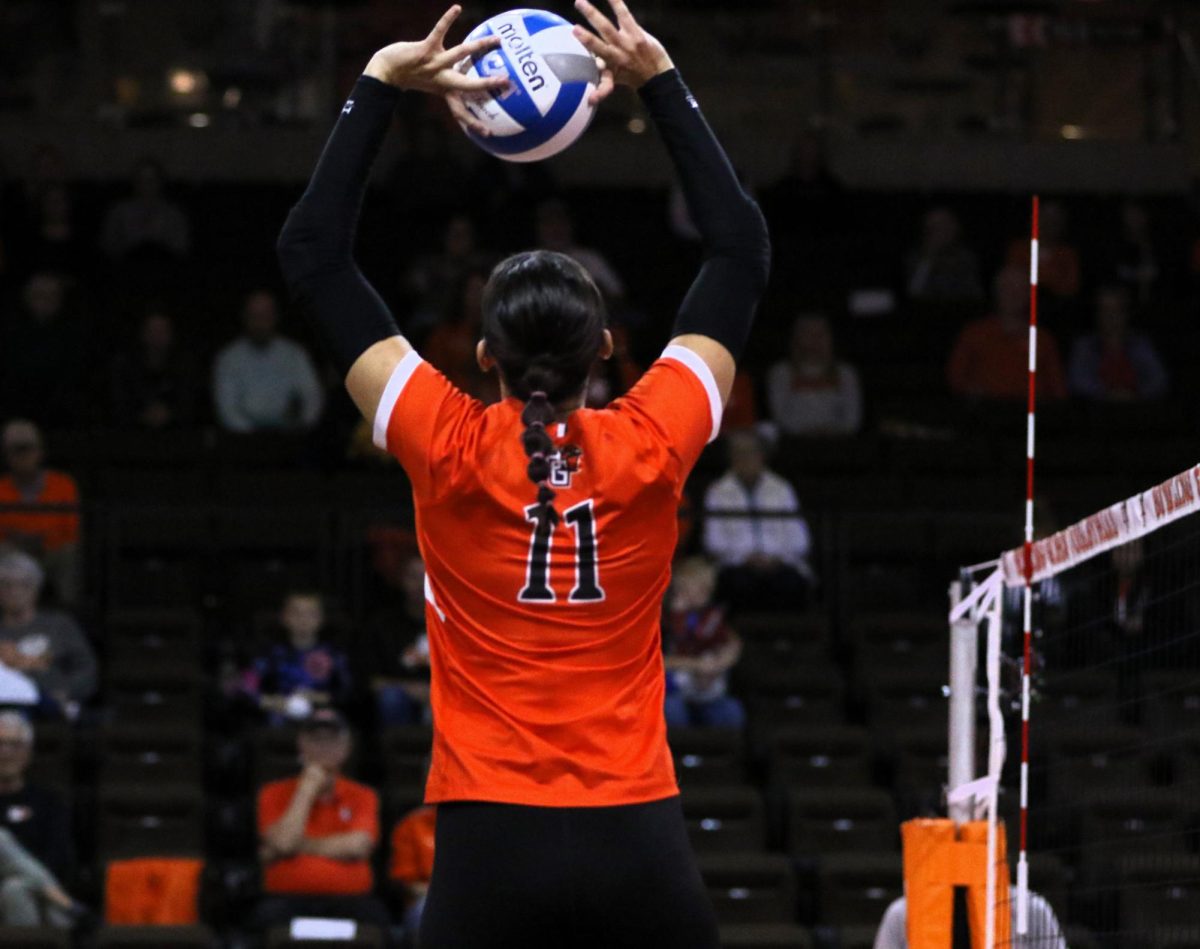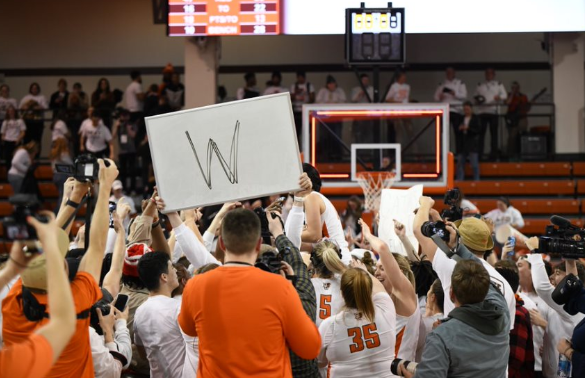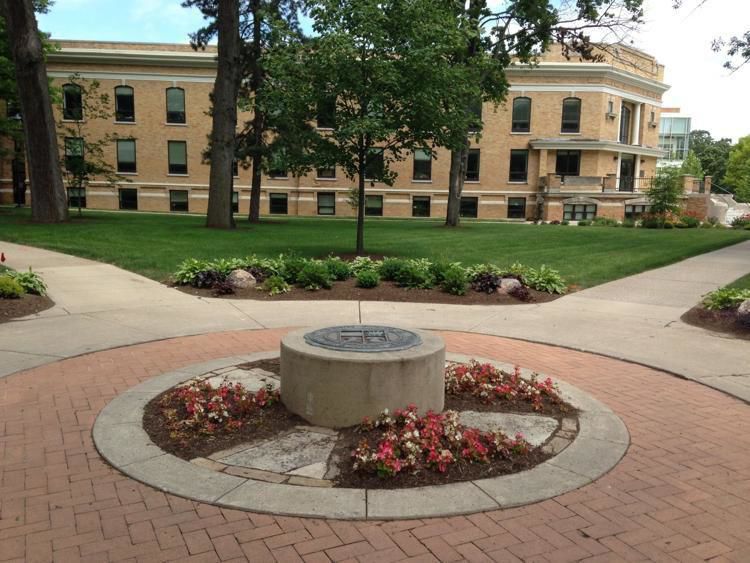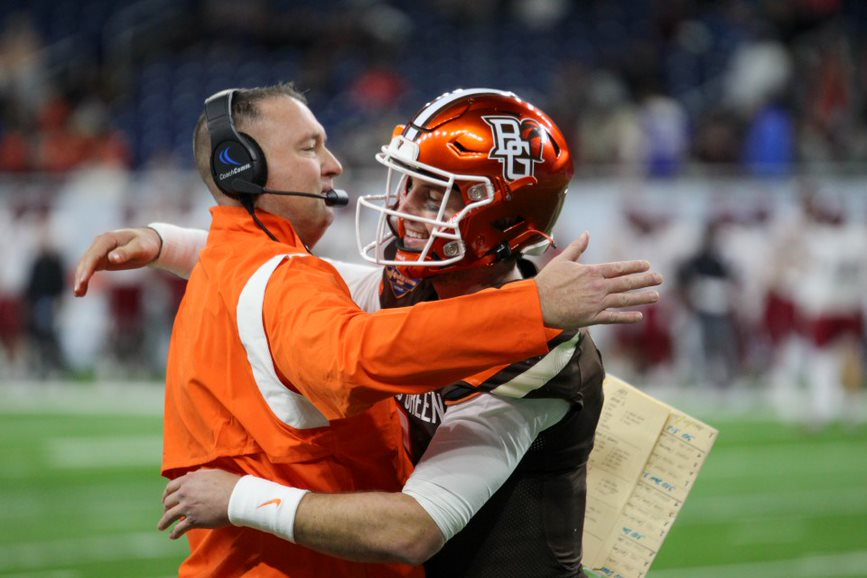As much as I have thought about fake news throughout the last year, one comment I heard this week really added some perspective.
This semester I’ve been in a class about truth, facts and trust in journalism — basically a focus on fake news. We’ve looked fairly in depth at how just standing in a different place can change the way we perceive a situation.
On Thursday, the Press Club of Toledo held its annual Touchstone Awards, in which the club recognizes excellence in journalism in Toledo and surrounding communities. Rob Powers, who used to be a sportscaster for Toledo’s channel 13 abc before moving to New York and then Cleveland, said that just the chair you sit in can change an audience’s view of an situation.
As a journalist, I’ve gone to countless events where the chair I picked was the one that was most convenient to hear (near a speaker), see the main event (front and center) or get up to snap a quick photo (in an aisle).
When I pick that front and center seat, I may have a great view of the action, but what about the reaction of everyone behind me? What about the fight that breaks out at the back of the room during a protest? What about the woman crying in the fifth row back as a veteran speaks about the friend he lost in battle — especially if that woman were to end up said friend’s widowed wife?
There is more than just the main event in any situation, and those stories are sometimes just as important, if not more important, to tell. If we only focus on the main event, what else are we missing out on?
Here are my takeaways from all of this:
1. Journalists care enough to pull up the chair and listen to the story to start with.
In a world full of apathy, who’s actually going to ask that woman crying about her story, especially when she could just be having a bad day? A journalist. That’s who cares enough.
And because the journalist cares, the rest of us have the opportunity to hear not only what the wartime pal speaking at the event had to say about his fallen comrade, but also what a widow could add about his personal life as a husband, and possibly, father, brother or son.
If everyone really cared enough to ask, we wouldn’t need journalists, and your free, online, citizen journalism would be enough. But because these stories need told, we need to continue to fund, through subscriptions and advertisement, our good local journalists.
2. Journalists not only pull up the chair, they try to pull up 12 chairs and sit in all of them at once.
Getting front and center in the action and finding that widow require two different views and perceptions. It requires a journalist to be in two places at once. While it’s entirely impossible to sit in two chairs at once, journalists try to be in 12.
When a journalist talks to the speaker after the event, who mentions the crying woman he saw in the crowd, the journalist goes to find her. The widow explains her story, and in the meantime, mentions there was a young man sitting two rows in front of her, neatly dressed in his army uniform. The journalist may not have noticed any currently serving men in the crowd behind the front row before speaking to the widow, and goes to talk to him, getting the view from someone knowing he may face the same fate, but taking that chance anyway so others wouldn’t have to.
And so the story goes on, a journalist finds person after person with different viewpoints to help tell a story in which several chairs are occupied.
Sourcing is everything in telling as much of the whole story as we can. It’s a good thing we have trained, educated journalists to pull up the first chair, isn’t it?



